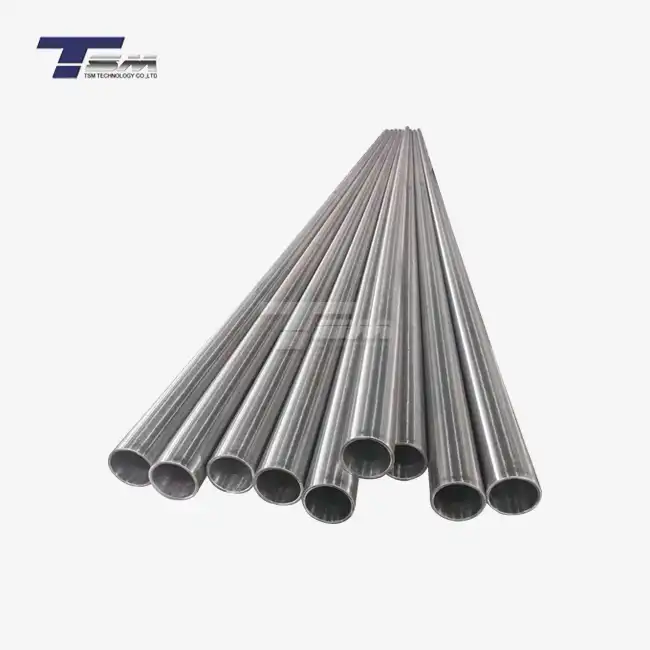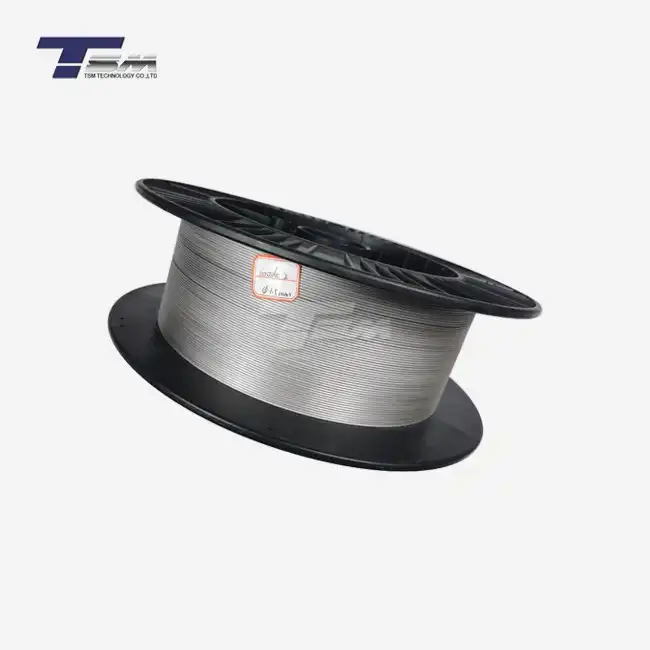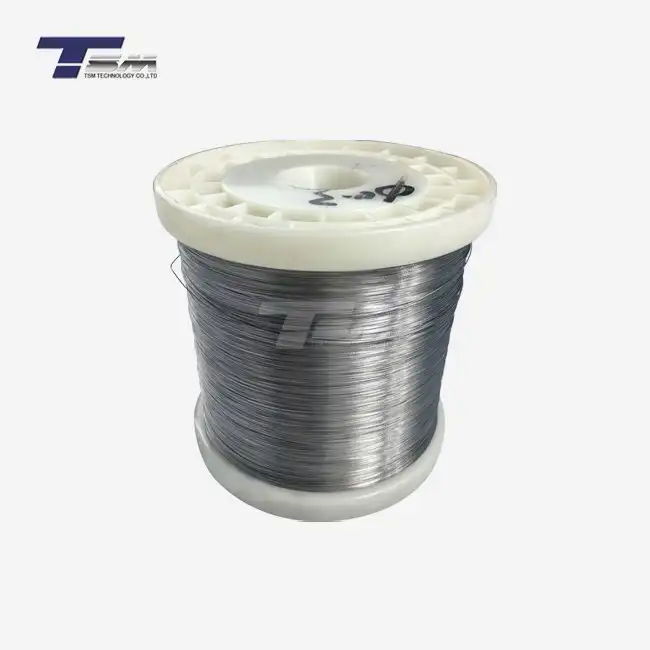- English
- French
- German
- Portuguese
- Spanish
- Russian
- Japanese
- Korean
- Arabic
- Greek
- German
- Turkish
- Italian
- Danish
- Romanian
- Indonesian
- Czech
- Afrikaans
- Swedish
- Polish
- Basque
- Catalan
- Esperanto
- Hindi
- Lao
- Albanian
- Amharic
- Armenian
- Azerbaijani
- Belarusian
- Bengali
- Bosnian
- Bulgarian
- Cebuano
- Chichewa
- Corsican
- Croatian
- Dutch
- Estonian
- Filipino
- Finnish
- Frisian
- Galician
- Georgian
- Gujarati
- Haitian
- Hausa
- Hawaiian
- Hebrew
- Hmong
- Hungarian
- Icelandic
- Igbo
- Javanese
- Kannada
- Kazakh
- Khmer
- Kurdish
- Kyrgyz
- Latin
- Latvian
- Lithuanian
- Luxembou..
- Macedonian
- Malagasy
- Malay
- Malayalam
- Maltese
- Maori
- Marathi
- Mongolian
- Burmese
- Nepali
- Norwegian
- Pashto
- Persian
- Punjabi
- Serbian
- Sesotho
- Sinhala
- Slovak
- Slovenian
- Somali
- Samoan
- Scots Gaelic
- Shona
- Sindhi
- Sundanese
- Swahili
- Tajik
- Tamil
- Telugu
- Thai
- Ukrainian
- Urdu
- Uzbek
- Vietnamese
- Welsh
- Xhosa
- Yiddish
- Yoruba
- Zulu
Types of Cold Working Processes: Definitions, Applications, and Benefits
Cold working processes are fundamental techniques in metalworking that involve shaping and forming metals at room temperature or below their recrystallization temperature. These methods are crucial for enhancing material properties and achieving desired shapes without the need for heat treatment. This article delves into various cold working processes, exploring their definitions, applications, and the numerous benefits they offer in the realm of metal fabrication, particularly for superior nickel alloys and special metals.
Understanding Cold Working Fundamentals
Principles of Cold Working
Cold working relies on plastic deformation to alter the shape and properties of metals. This process involves applying stress to a material, causing it to yield and permanently deform. Unlike hot working, cold working occurs below the metal's recrystallization temperature, typically at room temperature or slightly elevated temperatures.

Microstructural Changes
During cold working, the metal's grain structure undergoes significant changes. The grains become elongated and distorted, leading to an increase in dislocation density. This transformation results in strain hardening, which enhances the material's strength and hardness while reducing ductility.
Energy Considerations
Cold working processes require more energy input compared to hot working due to the higher yield strength of materials at lower temperatures. However, this energy investment translates into improved mechanical properties and precision in the final product.
Common Types of Cold Working Processes
Rolling
Cold rolling is a widely used process that involves passing metal sheets or strips between rotating rolls to reduce thickness and improve surface finish. This technique is particularly effective for producing thin sheets of superior alloys like Monel and Inconel, which are known for their corrosion resistance and high strength.
Drawing
Wire drawing and tube drawing are prevalent cold working methods. In wire drawing, metal rods are pulled through a series of dies with progressively smaller diameters to produce wire. Tube drawing similarly reduces the diameter and wall thickness of tubular products. These processes are crucial for creating precision components from alloys such as Incoloy and Hastelloy.
Forging
Cold forging encompasses various techniques like coining, hobbing, and heading. These processes involve applying localized pressure to shape metal parts without heating. Cold forging is instrumental in producing high-strength fasteners and intricate components from nickel-based alloys.
Advanced Cold Working Techniques
Shot Peening
Shot peening is a surface treatment process that bombards the metal surface with small spherical media. This technique induces compressive stresses in the surface layer, enhancing fatigue life and stress corrosion resistance. It's particularly beneficial for aerospace components made from superior alloys.
Extrusion
Cold extrusion involves forcing metal through a die to create long, straight metal products with constant cross-sections. This process is valuable for producing complex shapes from materials like Monel and Inconel, which are challenging to machine conventionally.
Deep Drawing
Deep drawing is used to form sheet metal into cup-shaped parts. This process is crucial in manufacturing components for chemical processing equipment, where the corrosion resistance of alloys like Hastelloy is paramount.
Benefits and Applications of Cold Working
Enhanced Material Properties
Cold working significantly improves the mechanical properties of metals. The strain hardening effect increases yield strength, tensile strength, and hardness. For superior nickel alloys, these enhancements translate to better performance in demanding environments, such as high-temperature or corrosive settings.
Dimensional Accuracy
Cold working processes offer exceptional dimensional control and surface finish. This precision is crucial for components used in aerospace, marine, and chemical processing industries, where tight tolerances are essential for optimal performance and safety.
Cost-Effective Production
While initial setup costs for cold working can be high, the process is often more economical for large-scale production. It eliminates the need for subsequent heat treatment in many cases, reducing energy consumption and processing time. For manufacturers of superior alloy products, this efficiency translates to competitive pricing without compromising quality.
Challenges and Considerations in Cold Working
Material Limitations
Not all materials are suitable for extensive cold working. Some alloys may become too brittle or develop undesirable microstructures when subjected to severe cold deformation. Understanding these limitations is crucial for manufacturers working with specialized alloys.
Residual Stress Management
Cold working can introduce residual stresses in the material, potentially leading to warping or dimensional instability. Implementing stress relief treatments or carefully designing the cold working sequence can mitigate these issues.
Equipment Requirements
Cold working often requires more powerful equipment compared to hot working due to the higher strength of materials at lower temperatures. Investing in robust machinery capable of handling high-strength alloys is essential for successful cold working operations.
Future Trends in Cold Working
Advanced Simulation Technologies
The integration of finite element analysis (FEA) and computer-aided engineering (CAE) tools is revolutionizing cold working processes. These technologies enable manufacturers to optimize process parameters, predict material behavior, and minimize trial-and-error approaches.
Hybrid Processes
Combining cold working with other manufacturing techniques, such as additive manufacturing or laser processing, is opening new possibilities for creating complex geometries and tailored material properties in superior alloys.
Sustainable Manufacturing
As industries focus on sustainability, cold working processes are being refined to reduce material waste and energy consumption. This aligns with the growing demand for eco-friendly manufacturing practices in the production of high-performance alloys.
Conclusion
Cold working processes play a pivotal role in shaping and enhancing the properties of superior nickel alloys and special metals. From traditional methods like rolling and drawing to advanced techniques such as shot peening, these processes offer a versatile toolkit for manufacturers. The benefits of improved material properties, dimensional accuracy, and cost-effective production make cold working indispensable in industries ranging from aerospace to chemical processing. As technology advances, the future of cold working promises even greater precision, efficiency, and sustainability in the production of high-performance alloy components.
Contact Us
For more information on how TSM TECHNOLOGY can support your cold working needs with our superior nickel alloys and special metals, please contact us at info@tsmnialloy.com. Our team of experts is ready to help you optimize your manufacturing processes and achieve outstanding results with our high-quality alloy products.
References
Dieter, G.E. (2021). Mechanical Metallurgy. McGraw-Hill Education.
Kalpakjian, S., & Schmid, S.R. (2020). Manufacturing Engineering and Technology. Pearson.
ASM International. (2019). ASM Handbook, Volume 14B: Metalworking: Sheet Forming.
Groover, M.P. (2020). Fundamentals of Modern Manufacturing: Materials, Processes, and Systems. Wiley.
Callister, W.D., & Rethwisch, D.G. (2018). Materials Science and Engineering: An Introduction. Wiley.
Hosford, W.F., & Caddell, R.M. (2019). Metal Forming: Mechanics and Metallurgy. Cambridge University Press.
Learn about our latest products and discounts through SMS or email



